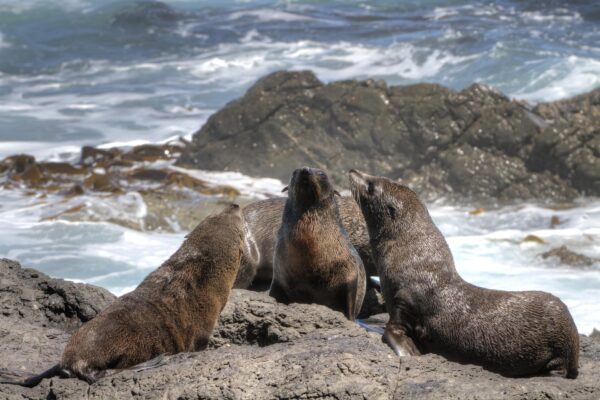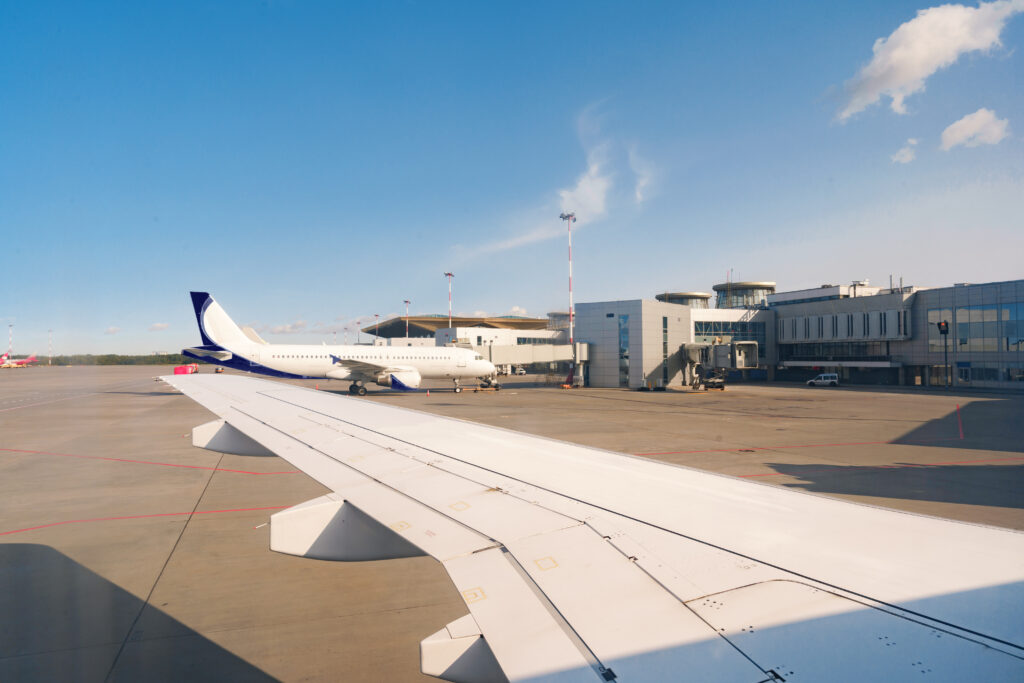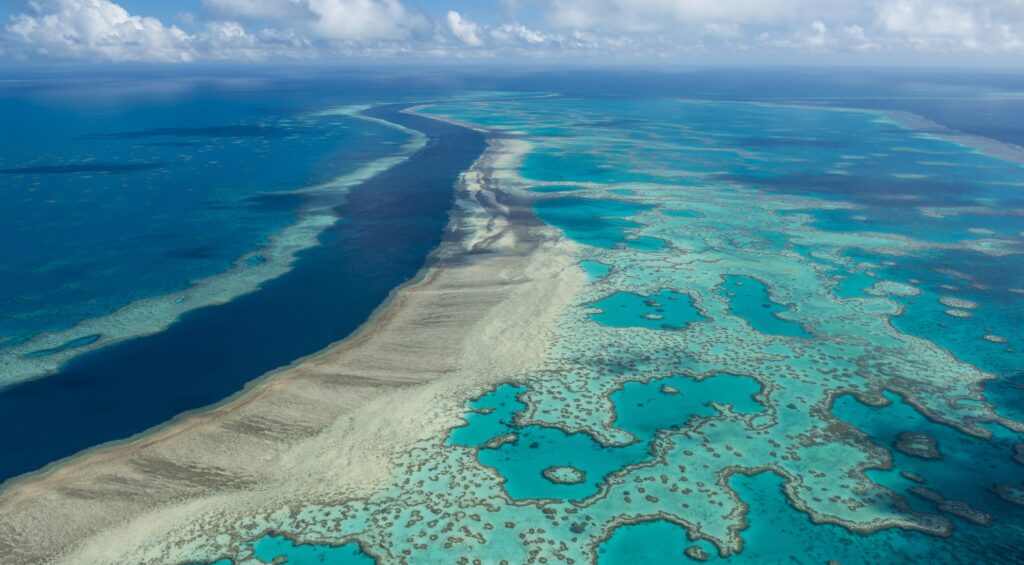NZ’s Department of Conservation (DoC) and Waka Kotahi/NZ Transport Agency are running a national tracking project to find out why these mammals are appearing near roads.
The DoC says the project follows the success of recent motorcycle guardrails installed in the eastern South Island town of Kaikoura which is keeping curious young fur seals off the asphalt
With ‘Seal Silly Season’ (May-September) under way, the NZ public is asked to report sightings.
Once rare on the mainland, NZ fur seals and sea lions are returning to their historic habitats.
“We’re asking people to report sightings of seals, fur seals or sea lions on or near roads,” says Jody Weir, DoC’s senior marine technical advisor.
“Your sightings — date, location, even a photo if it’s safe — will help us map hotspots and understand the risks.”
This national study uses existing road data, with public reports, to guide future planning, identify high-risk zones and guide road upgrades such as the Kaikoura guardrail.
ROAD ECOLOGY
The initiative is part of a growing field known as ‘road ecology’ — science focused on understanding how roads affect wildlife movement and behaviour.
As marine mammals increasingly intrude into urban and semi-urban areas of NZ, road ecology is becoming just as valuable as marine and terrestrial ecology disciplines.
In Kaikoura, the DoC says, road ecology principles led to research that identified key hot spots where fur seals were getting onto the highway (SH1), so infrastructure upgrades have reduced the risk to animals AND drivers.
In 2023, more than 1000 fur seals (kekeno) were found dead due to starvation in Kaikoura and their populations are now bouncing back.

“But that success comes with new challenges. We want to protect these taonga (treasured) species while also keeping people safe. That means understanding where the key hot spots are and planning smarter.”
During Seal Silly Season, young kekeno (NZ fur seals) will venture off for the first time. They have turned up in paddocks, stormwater drains, roads, driveways, footpaths, carparks, Bunnings and even tried to board buses.
“These young fur seals are out exploring their wider world while their mums are busy at sea getting food to be able to nurse that rapidly growing pup and grow the developing foetus inside her,” says Weir.
“It’s an important stage of development but it also means they can end up in unusual — and sometimes risky — places. By reporting sightings, you’re helping us look out for them during this vulnerable time.”
To report an encounter, email as much details as possible to seeaseal@doc.govt.nz
Never touch, handle or feed a seal because they can be aggressive if they feel threatened.
Maintain a distance of at least 20 metres if possible and avoid getting between the seal and the sea.
Give seals space if encountered on or near a beach.
Always keep dogs on a leash and away from seals.
Ensure small children are at a safe distance and under control when watching seals.
[/dt_vc_list]






